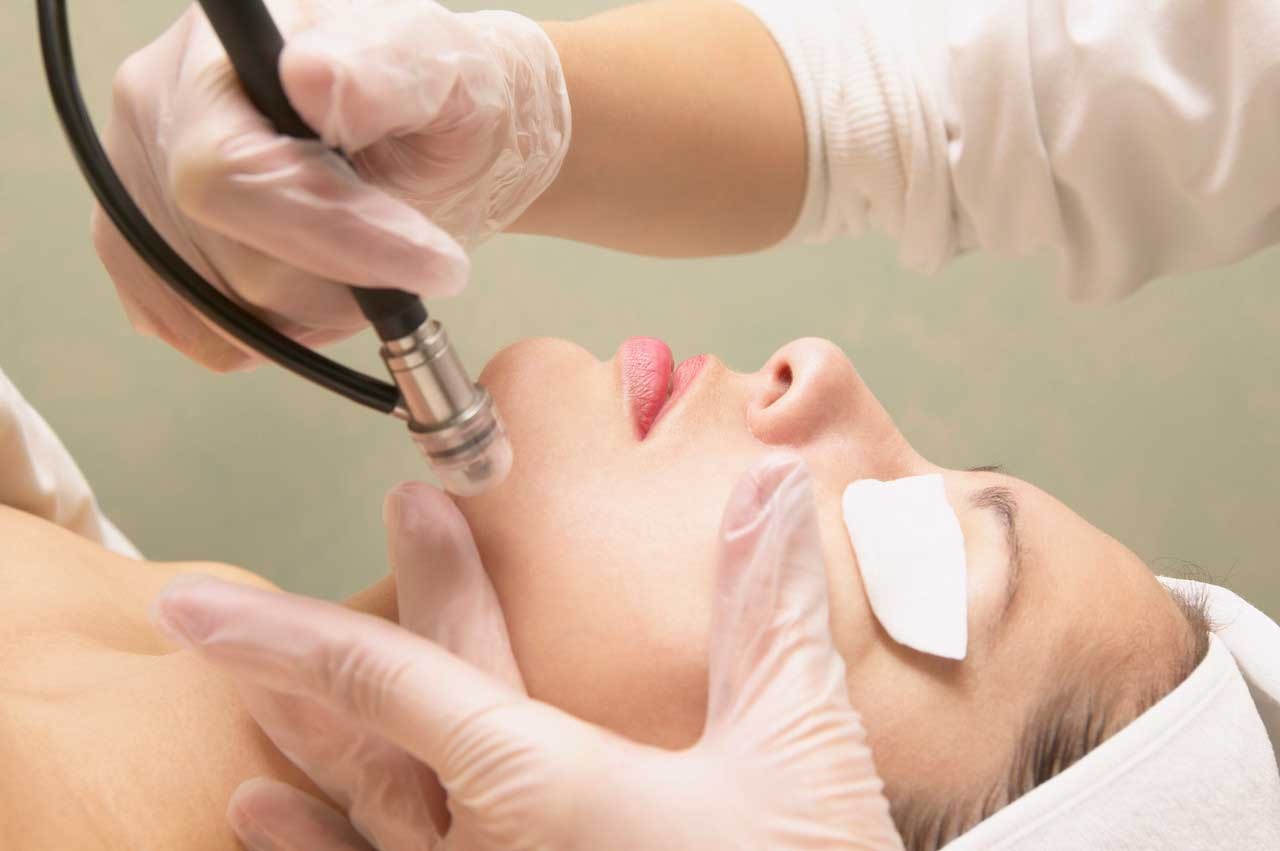The Benefits and Risks of Laser Treatments

An experienced provider for skin rejuvenation or hair removal is essential.
Medical spas offering laser therapy are popping up in many cities and suburbs, while costs have come down dramatically for their services, such as skin rejuvenation and hair removal. You might even be able to score discounts at these “medspas” on Groupon and similar discount sites — making promises of younger-looking skin or never having to shave again not only tempting but also relatively affordable.
Are these services worth it? What are the risks? And how do you evaluate a medspa or laser technician and their services?
First, it’s true: just as technology has improved medical care in a vast number of areas, laser technology developed over the past several decades can effectively do everything from reduce wrinkles to permanently remove hair. The problem is that the benefits vary according to who’s doing the treatment.
There are also real risks.
You can get laser procedures performed at a dermatologist’s office, which is likely the most expensive route (cosmetic procedures aren’t covered by insurance). Some medspas are owned and operated by doctors — though there, you may or may not work with an actual doctor, but sometimes with trained technicians instead. Other medspas have supervising physicians who oversee work at the spa.
Wherever you go, what’s key is to find a practitioner with extensive experience, says Hathai Lue, a laser technician and the manager of Sky Skin Center, a medspa in Saugus, Massachusetts. (Lue, a trained nurse who has been performing laser therapy for more than 10 years, works with a plastic surgeon, the spa’s medical director.) In fact, experience, particularly with many different types of skin, is less important than a degree, says Lue. “It really depends on the experience of the person who performs the treatment. If this is the laser tech’s forte, she has done this for a long time, and she obtains a good education, then she is very experienced even in comparison to someone who is an RN.”
The most popular laser therapy tends to be hair removal. “The procedure itself is very safe if it’s performed by an experienced technician,” Lue says. “There are risks involved if the technician or the provider has a lack of knowledge or is inexperienced” — for example, using the wrong laser, such as a laser intended for lighter skin tones, on someone with darker skin.
A reputable spa should always be honest about the potential benefits and risks of treatment. For example, lasers are unlikely to be able to remove blond or grey hair, says Kourtnii Koontz, adverse reactions manager at Skin Spa New York, a laser-focused spa in Manhattan, but some can occasionally be effective. Koontz herself has blond hair she’s successfully removed with laser therapy and says it’s a question of settings and type of laser used. Lue says she’s found it to have a low success rate, and her spa won’t treat blond or gray hair.
By the same token, you need to be honest with the spa too — if you’ve been out tanning, it’s dangerous to undergo laser therapy, since lasers target the melanin (or pigment) in skin. Even lasers safe for darker skin tones aren’t suitable on tanned skin — “it’s like getting a double dose of sun exposure,” Koontz says. Don’t try to hide tanning: be safe, and reschedule for well after your tan fades. After treatment, you’ll also want to use sunscreen on treated areas religiously for at least two weeks.
At a first visit, the spa should explain what the therapy will feel like, how the laser works, and what you should do to care for your skin before and after treatment. But don’t expect a relaxing experience, necessarily — there will generally be “a little bit of discomfort,” Lue says. At her spa, highly experienced technicians start with the lowest setting to ensure the client is comfortable, while monitoring whether the therapy is effective. At the next visit, settings are adjusted according to initial results. Aloe vera gel or hydrocortisone cream after laser hair removal can ease any initial discomfort, which should subside after a few hours.
Women with darker skin tones deserve special mention. Some lasers will harm tanned, olive, or darker skin tones, causing hypo- or hyper-pigmentation (areas of lighter or darker skin) — even scarring. “Lasers have different wavelengths that are suitable for different skin tones,” says Lue, and experience is essential in helping a technician know which type of laser to use. Women with olive or darker skin tones — such as Asian, Iranian, Hispanic, or African American — should look for a laser called Nd:YAG (1064 nanometer). “It's safer to treat darker skin tones and doesn't cause hyperpigmentation,” Lue says.
Be sure to carefully question your technician and spa and make sure they have experience with your particular skin type. “If the technician has been treating a variety of clients, not just light-skin-toned people — every skin type, from light to darker skin tones — that will deliver better results,” Lue says. Ask for photos or recommendations from other clients with similar skin tones. Then, to be extra safe — this is, after all, your body, and changes will be permanent — ask for a test application in a small, inconspicuous area. Wait two to three days for any reaction, then go ahead with more extensive treatment only if you’re happy with the results.
Another important way to vet a potential spa: check reviews on websites like Citysearch or Yelp. The more reviews a spa has, the more likely its technicians have extensive experience. Don’t take chances —work only with an experienced practitioner who takes the time to answer your questions and shows they clearly understand the risks and benefits involved.
Updated:
March 25, 2020
Reviewed By:
Christopher Nystuen, MD, MBA